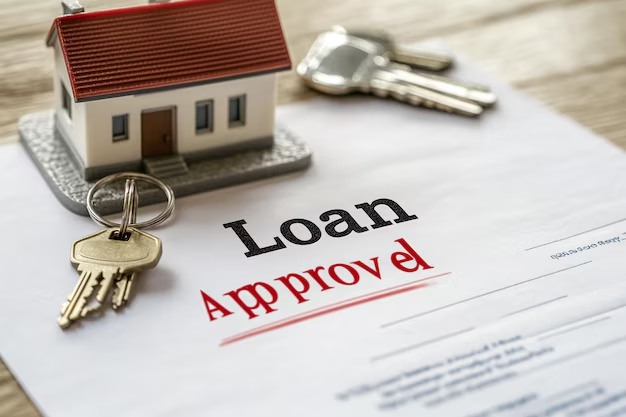Looking to Buy a Home with No Down Payment? Here's What You Need to Know
The dream of owning a home may often seem out of reach, especially when faced with the daunting task of saving for a down payment. However, there are several ways to qualify for a no-down-payment home loan, opening the door to homeownership sooner than you might expect. This guide will walk you through some of the best options available.
Explore Government-Backed Loans
One of the most common routes to a no down payment mortgage is through government-backed loans. These programs are designed to help first-time buyers and those with limited finances.
1. VA Loans
The U.S. Department of Veterans Affairs offers VA loans to active-duty service members, veterans, and eligible surviving spouses. These loans require no down payment or private mortgage insurance (PMI). The catch? You must meet the eligibility criteria, which often involves military service.
2. USDA Loans
If you're considering a move to a rural area, a USDA loan could be the perfect fit. Offered by the United States Department of Agriculture, these loans target rural homebuyers who meet specific income criteria. Like VA loans, USDA loans require no down payment and provide competitive interest rates.
Consider First-Time Homebuyer Programs
Local and state governments frequently offer special programs for first-time buyers, which might include down payment assistance or even forgivable second loans to cover the initial costs. These programs can sometimes reduce—or altogether eliminate—the need for a down payment.
Federal Housing Administration (FHA) Options
While traditional FHA loans generally require a down payment of at least 3.5%, some FHA solutions exist for buyers with exceptional credit scores or financial hardship scenarios that might effectively reduce the cash required upfront. It's always worth checking FHA terms to see if there's a pathway suitable for you.
Lease-to-Own Agreements
In lease-to-own or rent-to-own setups, you can live in the home as a renter first, with a portion of your monthly rent credited toward the eventual down payment. Though not technically a loan, this option can work as a bridge to homeownership without front-loaded cash requirements.
Community and Nonprofit Programs
Look into community-based and nonprofit organizations that provide financial aid for prospective homebuyers. These entities often offer grants or interest-free loans to cover down payments and closing costs. Eligibility may vary, but these programs can significantly lessen the financial burden of buying a home.
Improving Your Financial Position: A Path Forward
If you find that none of these options are immediately viable, consider enhancing your credit score or accelerating your savings plan to become eligible in the future. Here are some strategies to improve your financial standing:
- Reduce Debt: Prioritize paying off high-interest credit and loans to improve your Debt-to-Income (DTI) ratio.
- Credit Repair: Regularly check your credit score and dispute inaccuracies. Consistent payments and settling old accounts can boost your score over time.
- Build Savings: Set up a dedicated savings account for home buying, and automate contributions to maintain momentum.
Embarking on this journey may also inspire you to explore additional financial resources, such as educational grants or entrepreneurial support, to better balance your financial portfolio while you prepare for homeownership.
Key Financial Resources and Programs to Consider
- 🏠 VA Loans: No down payment required for eligible military service members.
- 🌾 USDA Loans: Ideal for rural properties; no down payment with income eligibility.
- 🏘 Local First-Time Homebuyer Programs: State and city-specific aid that could include down payment assistance.
- 🏦 FHA Loan Variants: Tailored for different financial scenarios, sometimes reducing needed cash.
- 🤝 Community Grants/Nonprofit Aid: Financial assistance for qualifying buyers through grants and loans.
- ⚖️ Credit Repair Solutions: Services and strategies to enhance your credit score and financial health.
Whether you're armed forces personnel, seeking a rural retreat, or contemplating your first home purchase, a world of financial assistance is available to make your dream a reality. Your path to a home with no down payment is more accessible than ever when equipped with the right knowledge and resources.
